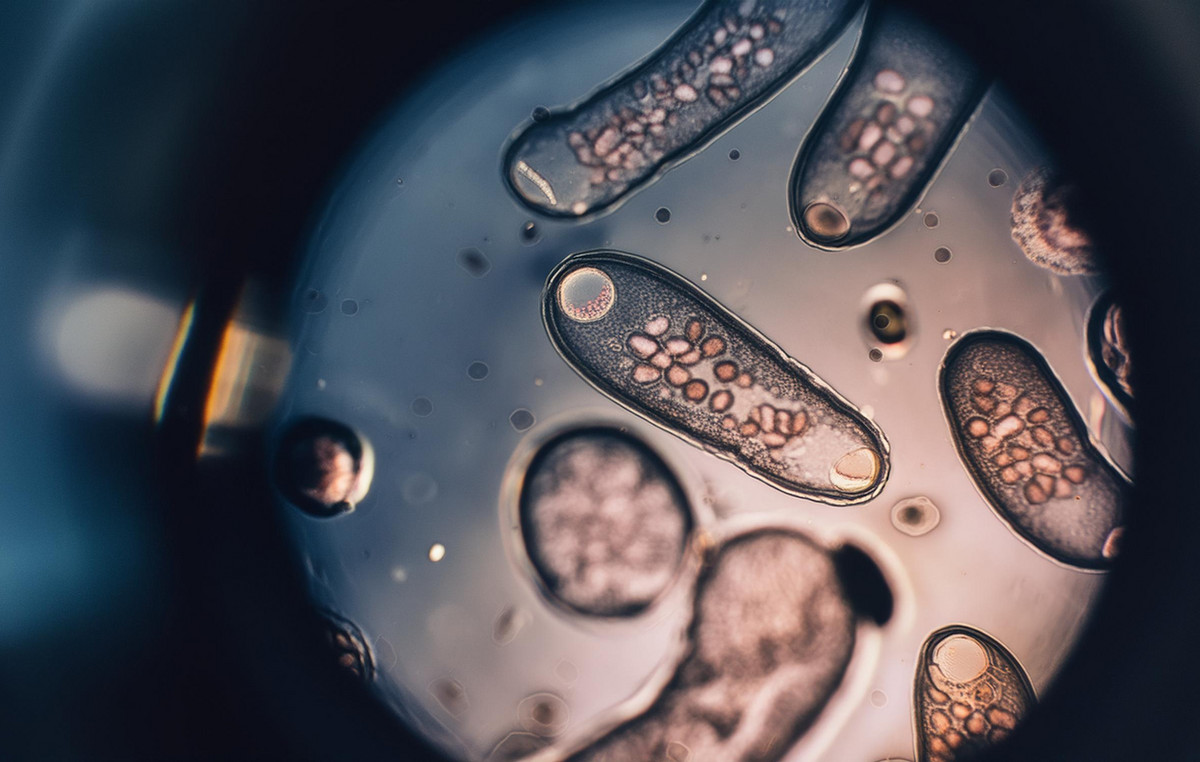A small stone jar discovered in southeastern Iran contained a red cosmetic that was likely used as lip dye nearly 4,000 years ago, according to archaeologists.
The rare discovery is “probably the first” example of lipstick to be scientifically documented and analyzed, researchers reported in February in the journal Scientific Reports.
More than 80% of the sample analyzed was made up of minerals that produce a deep red color – mainly hematite. The mixture also contained manganite and braunite, which have dark tones, as well as traces of other minerals and waxy substances from vegetables and other organic substances.
“Both the intensity of the red-colored minerals and waxy substances are, surprisingly, fully compatible with contemporary lipstick recipes,” the study authors noted.
It is not possible to exclude the possibility that the cosmetic was used in other ways, for example, as blush, according to the study's main author, Massimo Vidale, an archaeologist at the Department of Cultural Heritage at the University of Padua, in Italy.
But he said the deep, homogeneous red color, the compounds used and the shape of the bottle “suggested to us that it was used on the lips.”
It is one of the first examples of an ancient red-colored cosmetic to be studied, he said, although it is unclear why lipstick-like cosmetic preparations were uncommon in the archaeological record.
“We have no idea at the moment. The deep red color we found is the first one we came across, while several lighter colored foundations and shadows have been identified before,” he said via email.

The use of hematite – crushed red ocher – has been documented in late Neolithic stone cosmetic palettes, as well as ancient Egyptian cosmetic vessels, according to Joann Fletcher, a professor in the department of archeology at the University of York.
If the bottle from Iran was the first lipstick, “it all comes down to what this new discovery was actually used for,” she said.
“It is possible that the contents of the bottle were used as lipstick. But they could also have been applied to color the cheeks, or for some other purpose, even though the bottle looks like a tube of modern lipstick,” Fletcher, who was not involved in the research, said in an email.
It is “very plausible” that the artefact was lipstick, said Laurence Totelin, professor of ancient history at Cardiff University's School of History, Archeology and Religion, specializing in Greek and Roman science, technology and medicine.
“As the authors point out, the recipe is no different from a modern recipe. The deep red color is also what we would expect from lip makeup,” Totelin, who was not involved in the study, said in an email.
“That said, the ingredients are also regularly found in the preparation of ancient medicines, and the bottle has a shape that is not inconsistent with pharmaceutical use,” Totelin said.
Floods reveal artifacts
Other products previously discovered in Egypt and the Middle East and studied by archaeologists include black and lighter-colored compound eyeliners used as eye shadows or primers. Unlike other ancient cosmetics, the bottle's mixture was low in lead.
This low level, the researchers suggested, could mean that the lipstick's makers understood the dangers of consuming lead, a naturally occurring toxic metal that can cause numerous health problems.
“There is a long and fierce debate among experts about the toxicity of lead compounds in cosmetics,” Vidale said.
Previous research on artifacts from the same region in which Vidale was involved “suggests that 5,000 years ago white lead was the base material for facial foundations, while the contents of our deep red preparation, supposedly intended for lips, were almost lead-free.”
“It may have been a conscious choice,” he said.
The preparation contained particles of quartz, ground sand or crystal, perhaps added, the study suggested, as a “sparkling agent” – although it was possible they came from inside the flask itself, which was finely crafted from a greenish stone called chlorite. .
It's also unclear what the cosmetic's original consistency would have been — fluid or more solid, Vidale said.
“The slender shape and limited thickness of the bottle suggest that it could have been conveniently held in one hand along with the handle of a copper/bronze mirror, leaving the other hand free to use a brush or other type of applicator,” they wrote. the study authors, citing an ancient Egyptian papyrus dating from the 12th century BC that depicts a young girl painting her lips in this way as an example.
The artifact was among thousands of items unearthed in Bronze Age tombs and graves in Iran's Jiroft region.
The graves – part of an ancient kingdom known as Marhasi – were exposed and displaced in 2001 when a river flooded, after which their precious contents were looted and sold by locals. Many stone and copper items, including the flask, were later recovered by Iranian security forces.
The jar is kept at the Jiroft National Archaeological Museum, where the team collected samples.
“Like a bolt from the blue, this civilization was discovered when a disastrous flood struck its ancient burial sites, exposing all kinds of archaeological treasures,” Vidale said.
“Now the region is well protected, but serious damage has been caused,” he added. “What we know today is that this was an advanced civilization, similar to that of Mesopotamia, a major player in long-distance trade and military endeavors, that used its own writing system and was governed by large cities and powerful, authoritarian rulers. .
“The rest is slowly emerging from new excavations.”
It is unclear who would have used the lipstick – or in what context. “As far as we know, cosmetics were regularly deposited near the faces of the deceased in tombs at the time,” Vidale said.
However, given the looting and destruction of the graves, researchers were unable to link the artifact with specific human remains.
Source: CNN Brasil
Bruce Belcher is a seasoned author with over 5 years of experience in world news. He writes for online news websites and provides in-depth analysis on the world stock market. Bruce is known for his insightful perspectives and commitment to keeping the public informed.







